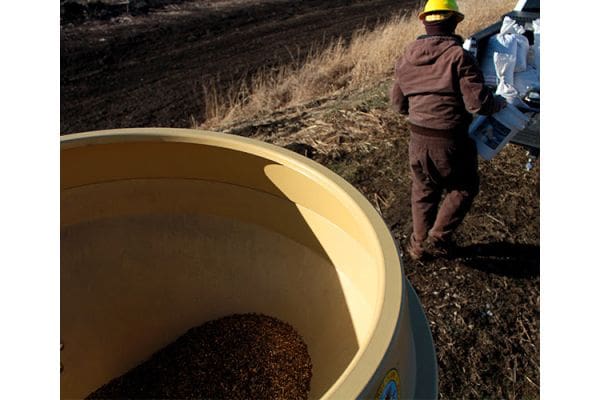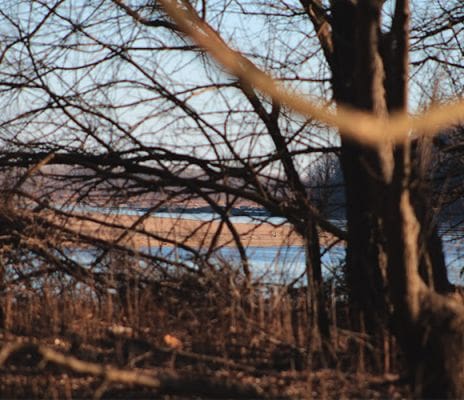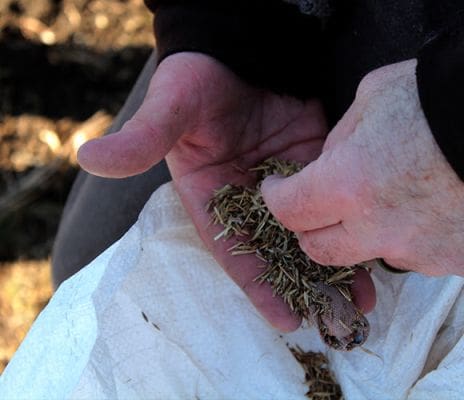Floodplain Restoration on the Big Muddy

The NWTF Missouri State Chapter is working with the U.S. Fish and Wildlife Service to increase wildlife habitat and overall ecosystem health on the Big Muddy National Fish and Wildlife Refuge.
Nicknamed the Big Muddy because of its cloudy, sediment-filled waters, the lower Missouri River is the largest free-flowing river in the country. It encompasses about 1.5 million acres of essential bottomland habitat for many plant and wildlife species, including wild turkeys.
The FWS established a nearly 30,000-acre refuge around the river in 1994 after the “Great Flood of 1993,” among the most devasting in the nation’s history.
Shortly after the refuge was instituted, the FWS enacted a plan to both reestablish and conserve the area’s unique riparian habitats, seasonal wetlands, bottomland forests and native floodplain grasslands ravaged by the flood. For almost three decades, the FWS has continually achieved conservation objectives that have returned the area to its former glory.
However, the refuge recently acquired 510 acres of private land that needed some work to transform it back to its native habitat type.
Through collaboration with the NWTF, Pheasants/Quail Forever and the Army Corps of Engineers, work is underway to revitalize this newly acquired parcel to a diverse mix of floodplain prairie habitat.
The NWTF Missouri State Chapter allocated $12,000 from its Super Fund to help purchase a mixture of native grasses and wildflowers, which were planted earlier this year.
“The seed planting will restore all 510 acres of critical prairie habitat and will bolster the value of the overall ecosystem,” said John Burk, NWTF district biologist for Missouri, Iowa and Illinois. “Recent research data tells us that one of the single biggest reasons for our turkey decline is a significant decline in poult survival from what it had been when we were setting harvest records every year almost 20 years ago.
The most efficient and effective way to improve poult survival is to improve the quantity and quality of early brood rearing habitat; this project does just that and at a significant scale. The project goes beyond just game species, though. It benefits declining pollinators and grassland-dependent bird species, such as the eastern meadowlark and dickcissels. It’s really all-encompassing.”
After the wildflowers and native grasses are established, the 510 areas will be managed in perpetuity, specifically through the Big Muddy National Wildlife Refuge’s Prescribed Fire Program.
This work complements the refuge’s objective of restoring and maintaining 5,200 acres of high-quality prairie habitat over the next 15 years.
Moreover, all 510 acres impacted by this prairie restoration project will be open to outdoor recreation opportunities, including hunting.
“This project really showcases what the NWTF is all about,” Burk said. “Improving wild turkey habitat and increasing hunting opportunities, while benefiting many other species and improving the overall health of the ecological community. Healthy habitats equal healthy harvests.”


